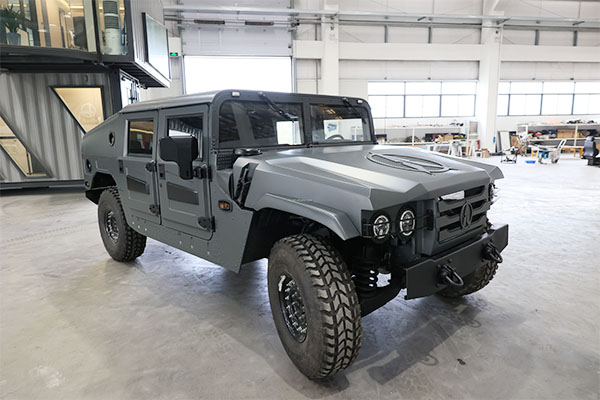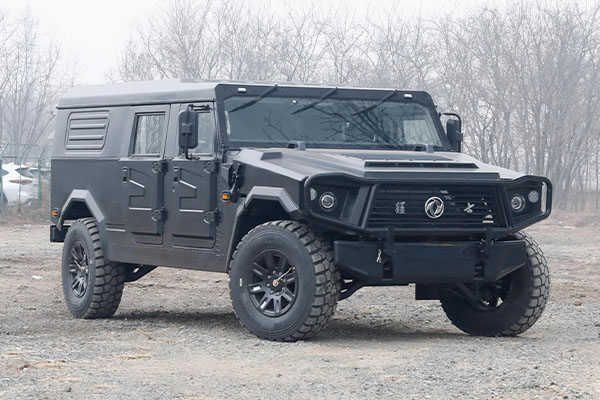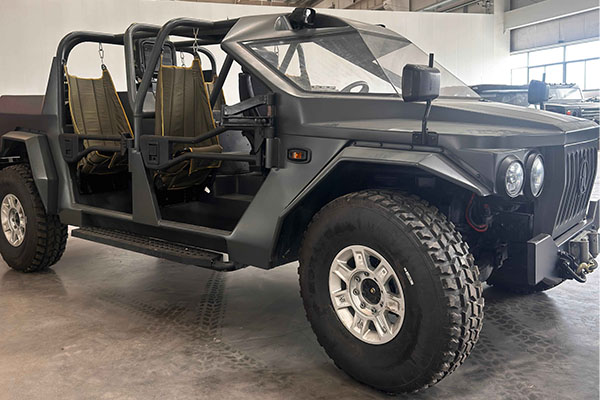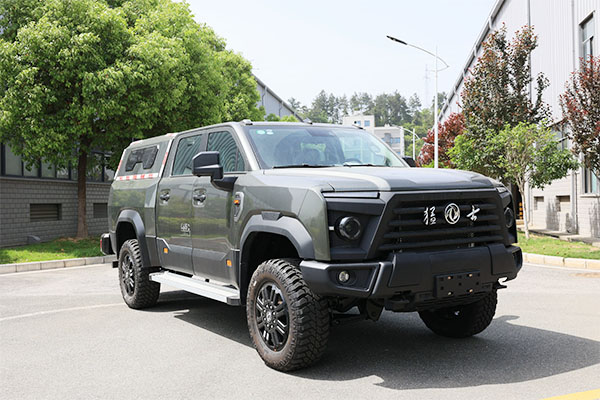Discussion on the adaptability of loading and unloading equipment and improvement of rapid loading and unloading technology of special equipment transporter
Release Time : 2025-04-27
The adaptability of special equipment transporter loading and unloading equipment and the improvement of rapid loading and unloading technology are crucial to improving transportation efficiency and ensuring transportation safety. Due to the variety of types and complex specifications of special equipment, it is necessary to accurately match the equipment in the loading and unloading process, and at the same time achieve rapid loading and unloading through technological innovation, thereby reducing operating costs and enhancing industry competitiveness.
In-depth analysis of the characteristics of special equipment to lay the foundation for the adaptation of loading and unloading equipment. Special equipment covers large machinery, pressure vessels, precision instruments, etc., and their weight, size, shape and center of gravity distribution vary significantly. For example, the length of large wind turbine blades can reach tens of meters, and their overlong size and center of gravity offset problems must be considered during transportation and loading and unloading; and high-precision medical imaging equipment has extremely high requirements for shock and collision resistance during the loading and unloading process. Only by accurately selecting crawler cranes, bridge cranes, forklifts and other suitable loading and unloading equipment based on the specific parameters and transportation requirements of special equipment, and ensuring that the rated lifting weight, operating radius, lifting height and other parameters of the loading and unloading equipment are fully matched, can a solid foundation be laid for safe and efficient loading and unloading.
Optimize the docking design between loading and unloading equipment and special equipment transporter to improve the adaptability. The connection mode and interface size matching degree of loading and unloading equipment and special equipment transporter directly determine the smoothness of the loading and unloading process. In the design of flat-bed special equipment transporter, set up standardized loading and unloading slots or fixing devices, which can achieve fast and accurate docking with forklift forks and crane hooks; for special equipment with special shapes, customize special slings, brackets and other loading and unloading tools, which can effectively avoid equipment sliding and tilting during loading and unloading. At the same time, pay attention to the height adaptation of loading and unloading equipment and special equipment transporter, reduce the collision impact caused by height difference, ensure the smooth transition of special equipment, and achieve deep adaptation of loading and unloading equipment and special equipment transporter.
Introduce intelligent technology to open up a new path for rapid loading and unloading. With the help of intelligent technologies such as the Internet of Things and sensors, realize real-time monitoring and intelligent control of the loading and unloading process. Deploy weight sensors and angle sensors on loading and unloading equipment to collect equipment weight and tilt angle data in real time. After analysis and processing by the control system, automatically adjust the operating parameters of loading and unloading equipment to ensure safe and stable loading and unloading. Develop an automated loading and unloading control system to achieve automatic positioning, grabbing, lifting, and placement of loading and unloading equipment, reducing manual intervention. For example, the automated guided vehicle (AGV) works in conjunction with the crane to promote the unmanned loading and unloading process of special equipment, greatly shorten the loading and unloading time, and significantly improve the loading and unloading efficiency.
Improve the loading and unloading process and tap the potential for rapid loading and unloading efficiency. Optimize the traditional loading and unloading process and formulate standardized operating specifications. Before loading and unloading, comprehensively inspect and debug special equipment and loading and unloading equipment; during loading and unloading, reasonably plan the loading and unloading sequence, adopt parallel and cross-operation methods, give full play to the efficiency of loading and unloading equipment, and reduce idle time. For the loading and unloading of multiple special equipment, implement group operations and multi-equipment collaborative operation. At the same time, strengthen the management and coordination of loading and unloading sites to avoid human operating errors and on-site chaos, ensure that loading and unloading operations are carried out efficiently and orderly, and effectively improve the overall loading and unloading efficiency.
Strengthen equipment maintenance management and lay a solid foundation for rapid loading and unloading. Regularly carry out maintenance and maintenance of loading and unloading equipment, comprehensively inspect the mechanical, electrical, and hydraulic systems, and promptly troubleshoot and deal with potential faults. Establish detailed equipment maintenance files, record operation and maintenance conditions, and provide a basis for maintenance and upgrades. Strengthen operator training, improve operating skills and maintenance awareness, ensure the correct use and maintenance of loading and unloading equipment, reduce loading and unloading delays caused by equipment failures, ensure that loading and unloading equipment is always in good operating condition, and provide solid guarantees for rapid loading and unloading.
Promote the standardization and modular design of loading and unloading equipment, and open up long-term development directions. Formulate unified loading and unloading equipment interface, size, and performance standards, enhance the versatility of equipment, and achieve compatibility of equipment from different manufacturers. Using the modular design concept, disassemble the loading and unloading equipment into functional modules, and quickly combine and replace modules according to the transportation needs of special equipment to achieve rapid customization of loading and unloading equipment. For example, design replaceable hooks and fork modules to flexibly adapt to the loading and unloading of special equipment of different shapes and weights, and comprehensively improve the adaptability and use efficiency of loading and unloading equipment.
Deepen industry cooperation and exchanges, and promote continuous technological innovation and progress. Special equipment transportation companies, loading and unloading equipment manufacturers, and scientific research institutions work closely together to jointly carry out technological research and development innovation. Through experience sharing and technical exchanges, we will overcome loading and unloading difficulties and jointly promote the adaptability of loading and unloading equipment and the development of rapid loading and unloading technology. We will actively introduce advanced foreign equipment and technology, digest and absorb them in combination with domestic reality, and continuously improve the loading and unloading level of my country's special equipment transportation industry, injecting strong impetus into the safe and efficient transportation of special equipment.







